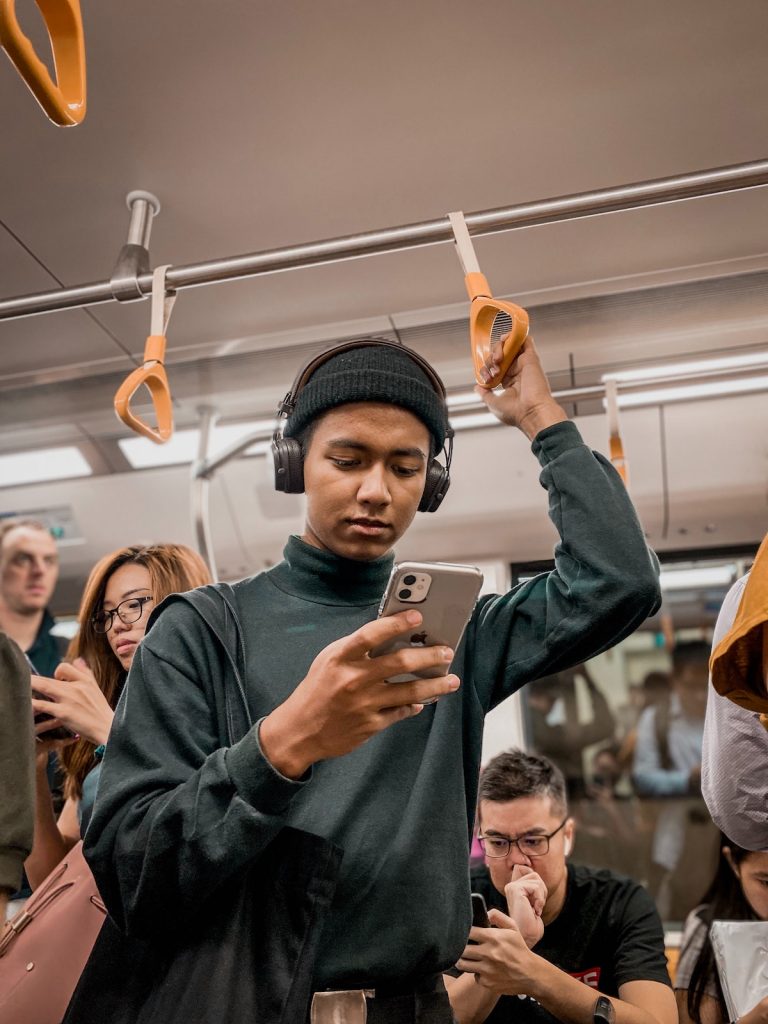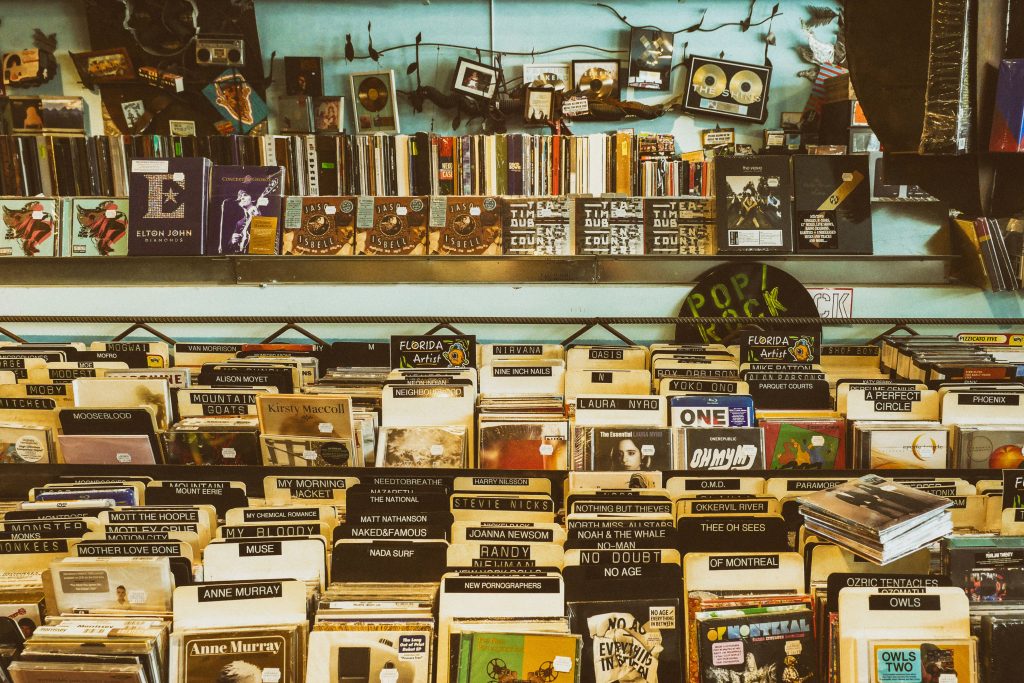Throughout the past decade, there have been a number of factors that have had a tremendous influence on the music industry. We're of course familiar with TikTok and the streaming era's impact, although that’s not something I’m going to touch on. Surprisingly, a factor that isn’t always introduced into the conversation is the “attention economy”. The role of attention has become all the more apparent when we look at how the listening habits of the consumer have changed over time. These habits have led to changes in the music industry along with how labels and artists have been releasing music.
A recent study by Microsoft concluded that the human attention span has dropped to eight seconds – shrinking nearly 25% in just a few years. With that being said, it’s no surprise that the format of pop songs has changed to become shorter with fewer verses. Platforms like Vine (RIP), Snap, and nowadays TikTok have been thriving exponentially because of the current state of attention. It is INCREASINGLY becoming a scarce resource and the competition for it has meant artists, labels, and tech giants vying for it in a manner that’s also altered the musical landscape.
In this article, I’ll be diving into the relationship between the music industry and the attention economy, along with the changes that have come about as a result of this connection.

What Is the Attention Economy?
Something to note about our modern digital age is that it revolves around attention span. We are presented with a wealth of information, however, our selective focus is limited and this scarcity makes our attention a valuable resource. This resource is also valued by businesses and countless other organizations that try to lure us to spend money or volunteer our time into using their services. The attention economy ultimately is about the acknowledgment of human attention as a scarce resource, and in it, attention is not only a resource but a currency - that's what users pay for a service.
This also involves companies incentivizing users to spend more time on their apps and sites, thus leading companies to compete for attention in scientific and systematic ways. We’ve ended up with a digital environment that feels like an interruption system as our attention is continuously pulled toward different directions. And of course, this is the same environment where we find and listen to music. So, how do artists amplify their voices and become seen in a space where attention is not only scrambled but incredibly limited?
Stay up to date.
New music and exclusive updates in your inbox weekly.
The Problem of Too Much Music
A wealth of information essentially creates a poverty of attention.
I bring this up since it relates to the avalanche of new music charging toward listeners each week. Over the years we’ve seen a steady increase in the amount of music that’s being released on DSPs in an attempt for artists to break through the noise and periodically direct our attention to their music. In 2019 Spotify’s Daniel Ek reported that an estimated 40,000 tracks are uploaded to the Spotify platform daily. The following year, that number jumped to roughly 60,000. In 2022 some people are throwing the number 1000 000. You get my point.
When it comes to the hip hop world, in 2016 an average of 16 *commercial* rap albums were reportedly released per month. By the time 2019 appeared, we saw an average of 24 commercial rap albums released.

On the other side of the coin, for some, it’s not about piercing through the noise and keeping fans engaged. Another factor at play here is definitely the streaming model. Labels and artists are incentivized by DSPs to release more singles (I’ll get more into this later) as this increases the likelihood of one landing on the esteemed editorial playlists. Essentially, we’re living in an age where we can seamlessly access almost every piece of music ever recorded - whilst still trying to catch the large wave of new music coming our way. There are even people that experience 'listening anxiety' by virtue of the frightening infinite options.
This brings me back to my opening phrase - a wealth of information essentially creates a poverty of attention to the point where we listen and quickly move on to the latest novel album calling our attention. With access to so much, it’s really tempting to wonder what’s next and skip through a track, even if you enjoyed it. In fact, when was the last time you revisited a *new* album thrice? With the help of streaming, the listening habits of the consumer are changing and the industry is scrambling to adjust.
The Evolution of Albums
Singles Not Albums
The album format isn’t dead, it’s just evolved to cater to how music is being consumed. Over the past years, we’ve seen the album format take on numerous stages - albums as playlists (More Life by Drake), albums as works in progress (Donda [2] by Kanye West), and the normalization of +20 track albums. The stage that’s currently in vogue is albums released in chunks. As someone that’s born in the 90s, it’s eerie to think that we’ve reached a point where it’s become “risky” for small to mid-sized artists to drop an album in one go. Something, which was actually considered the norm a few years back.
Below is an interview clip from Beyonce briefly touching on how the relevance of albums has diminished. Releasing a string of singles and bunching them throughout the rollout has been a great strategy to have fans continuously ‘paying’ attention to a project. There’s already so much on the streaming services themselves, and pacing an album over a few months, with a coordinated social media campaign, helps artists grab listeners’ much-divided attention.
The critically lauded Moses Sumney released his 2020 album græ in separate parts. When the managing director of his label Nick Blandford commented on this strategy, he stated “Attention spans are short. We can’t change that. But we wanted to try and play with it a bit”. That beautifully sums up how the race for attention has drastically fragmented the concept of an album. Apart from attention, I also can’t neglect to mention that the current streaming model once again incentivizes this strategy. *For most artists* only one track from a project can be pitched for editorial consideration. By releasing separate singles artists are in a position to pitch multiple tracks from a project in the hopes of landing in an editorial playlist.
Why Albums Are Easily Forgotten
Remember when I mentioned earlier that “A wealth of information essentially creates a poverty of attention.”? Something I didn’t bring up is how not only attention is affected because of this but also our ability to retain information.
There is a growing consensus on the Internet about albums being so forgettable these days, and trust me, the music isn’t the problem. It seems like it’s become tougher for individuals to sit through 15 songs and even revisit new releases they enjoyed. When Playboi Carti’s much anticipated Whole Lotta Red dropped on the 25th of December 2021, within *the first 30 minutes* there was a massive uproar on Twitter where fans tagged the album as ‘mid’ and even ‘Whole Lotta Skips’– now mind you, dear reader, the album is actually 62 minutes long. So, what does that tell you?
Music continuously consumed through the filter of a short attention span has amplified the notion of albums being forgettable. And you know what exacerbates that? A wealth of information, and in this case I’m talking about the wave of new music that compels us to move on ever so quickly.
People are being flooded and I wouldn’t actually put the fault on artists and labels trying to cut through. Consumer culture also has a role to play as the excessive demand from audiences is a mere reflection of its influence on music. We’re seeing overall mass production actually having an impact on the replay value of albums.

The Influence of TikTok on Spotify
We all know that after this app made its grand entrance, the music industry went through a variety of changes – some for the better, and some for the worse. On the Stereofox site, we published an article last year detailing the app’s impact on the music landscape. However, I’d love to embark on a different route and highlight where attention becomes relevant between TikTok and streaming giant Spotify.
What makes TikTok so effective is the fact that it feeds the belly of consumers who are hungry for content. And this is all served up in a snackable fashion that satisfies our fading attention spans. The UI of the platform coupled with the range of bite-sized content is designed to relentlessly rope in our attention, and they’ve done this SO well. Leading streaming service Spotify has also decided to follow suit on this approach with their new Discover feature. This allows users to scroll through a feed of vertical videos and skip or like them, much as you do on TikTok. Spotify is far from the first platform to flatter TikTok through imitation. Instagram's Reels and YouTube Shorts are virtual clones of TikTok.
Under the guise of ‘convenience’, these platforms along with Spotify are seeing an opportunity within the attention economy and capitalizing on short attention spans. From what it looks like, it seems like this is the route tech companies are going if they provide any form of content. Since this feature has just been rolled out on Spotify it’s tough to assess its impact on artists. One thing I can say for sure is that artists are nudged into a position to tailor their work in a manner that appeases the never-ending scroll – whether that be on social media or Spotify.

